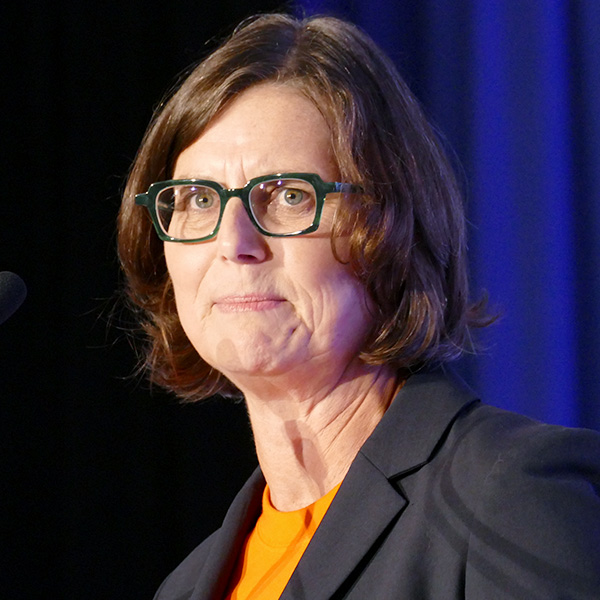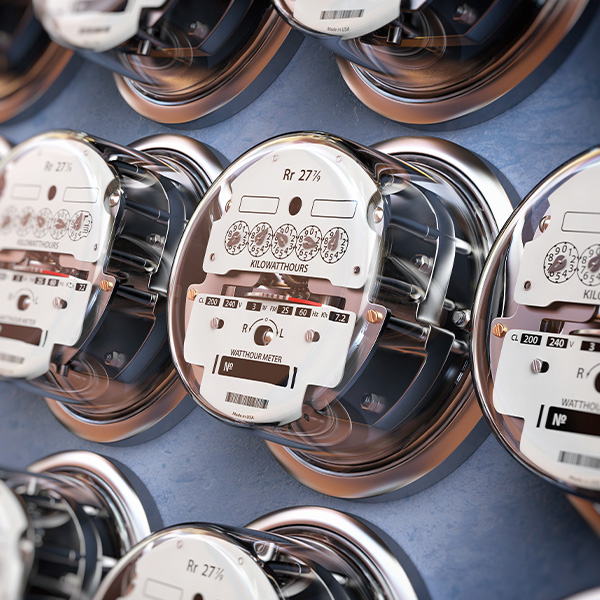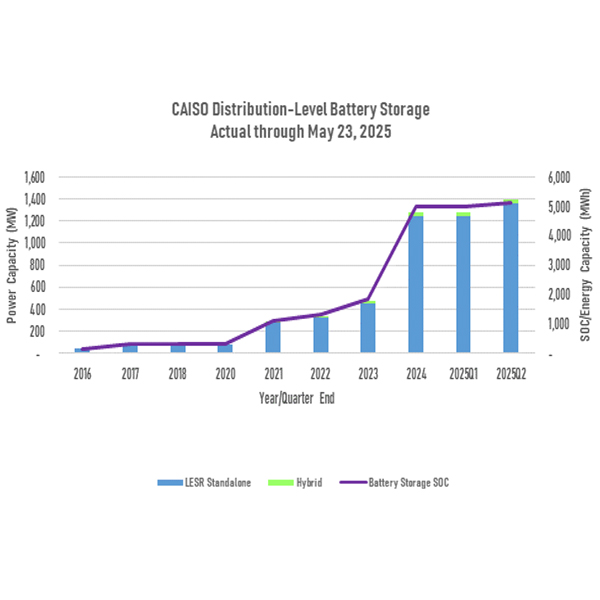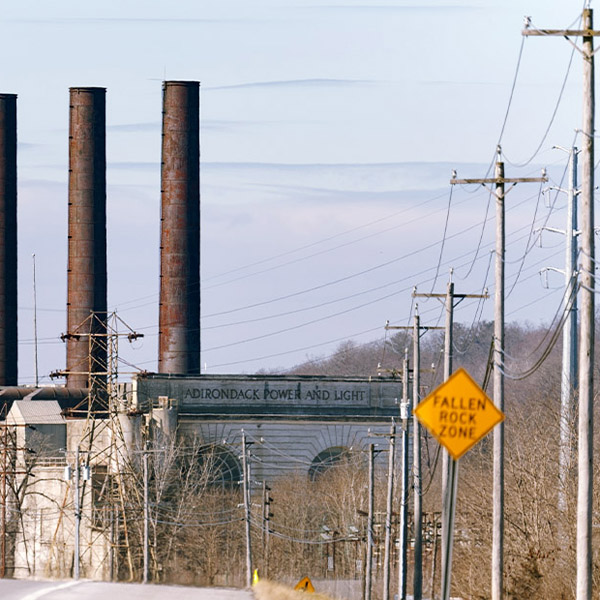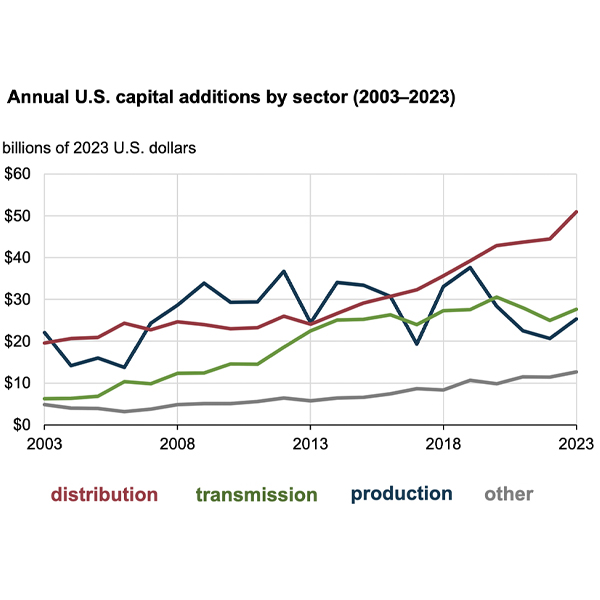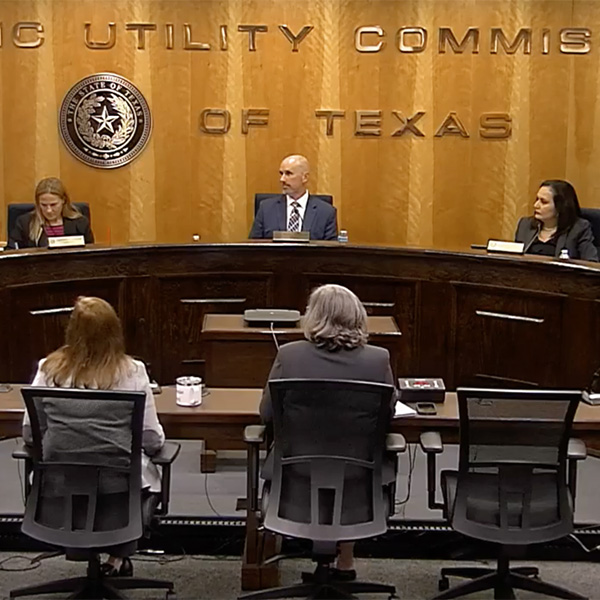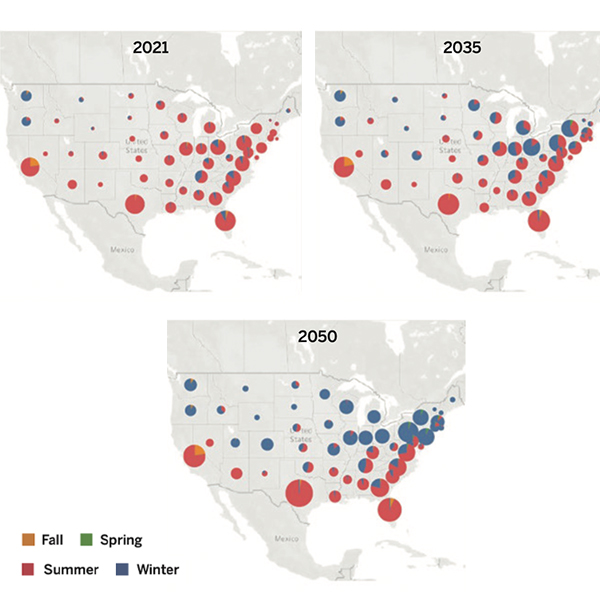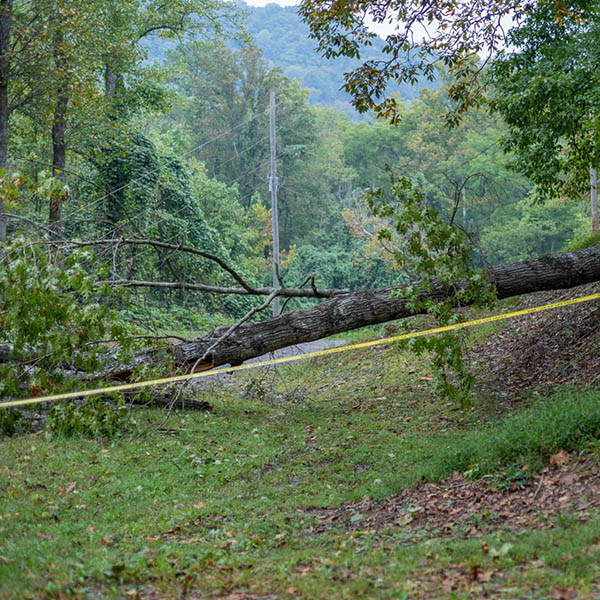distribution system
U.S. electricity outage hours reached their highest levels in a decade in 2024 due to the impact of Hurricanes Beryl, Helene and Milton, the EIA reported.
The Ontario Energy Board's new CEO insisted it will retain its independence in adjudications even as it embraces the province’s directive to consider economic development in its policymaking.
Amid rising demand for power, a new coalition called Common Charge has launched to encourage distributed solutions such as virtual power plants that can be deployed quickly and cheaply.
The Ontario Energy Board plans a 22% increase in its 2025/26 budget with the addition of 32 employees, its biggest hiring surge in at least five years.
CAISO is working on an initiative to improve the visibility of distributed battery storage resources on the grid, especially for when they are needed for resource adequacy.
New York issued the first iteration of a plan to move the state toward greater use of flexible resources to meet future power needs while preserving reliability and affordability.
EIA data on utility capital spending over the past 20 years shows that an increase in distribution and transmission spending outweighed declines in generation spending.
Texas regulators approved the state’s first utility resiliency plan, a $3 billion proposal from Oncor to bulk up its distribution system over the next four years to better withstand and more quickly recover extreme weather and other events.
The new report argues that discussions about building electrification largely leave out one key issue: how to prepare the grid for the higher demand and new consumption patterns associated with the shift.
While most customers have seen their power restored since Hurricane Helene hit, some of the hardest hit and most remote customers could wait weeks to get their lights back.
Want more? Advanced Search

